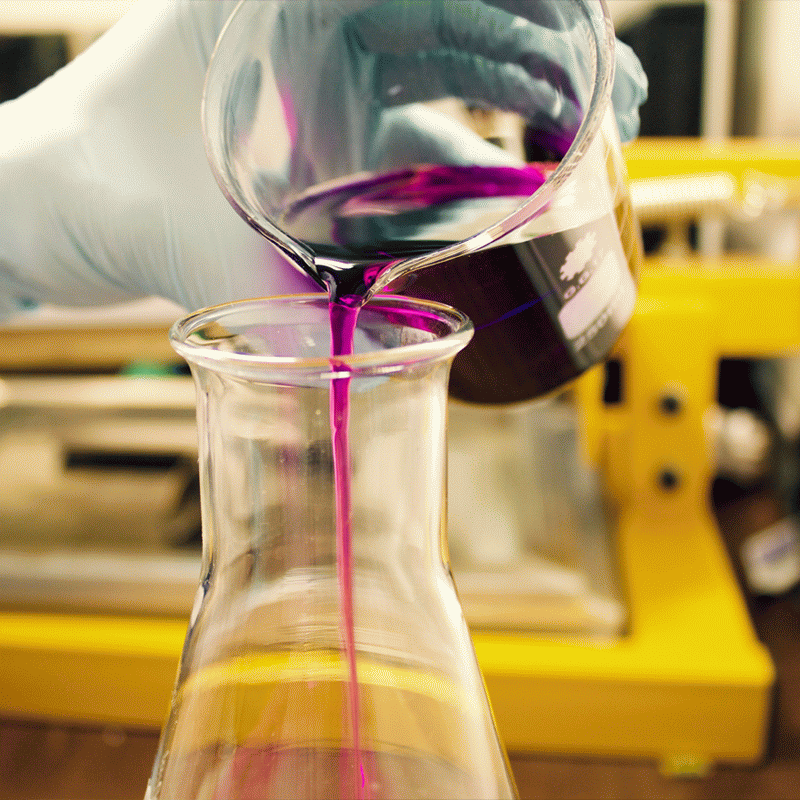-
Categories
-
Pharmaceutical Intermediates
-
Active Pharmaceutical Ingredients
-
Food Additives
- Industrial Coatings
- Agrochemicals
- Dyes and Pigments
- Surfactant
- Flavors and Fragrances
- Chemical Reagents
- Catalyst and Auxiliary
- Natural Products
- Inorganic Chemistry
-
Organic Chemistry
-
Biochemical Engineering
- Analytical Chemistry
-
Cosmetic Ingredient
- Water Treatment Chemical
-
Pharmaceutical Intermediates
Promotion
ECHEMI Mall
Wholesale
Weekly Price
Exhibition
News
-
Trade Service
The production process of 3,6-dibromocarbazole, also known as 1,3-dibromo-5,6-dihydroimidazo[1,2-d][1,4]benzoxazepine, is a critical step in the manufacture of a variety of chemical products in the chemical industry.
This compound is widely used as an intermediate in the production of dyes, pigments, and other chemicals, and its demand is increasing rapidly due to its diverse range of applications.
The production process of 3,6-dibromocarbazole involves several steps, including the preparation of the starting materials, the synthesis of the compound, and the purification and isolation of the final product.
Preparation of Starting Materials
The production of 3,6-dibromocarbazole starts with the preparation of the starting materials, which include 3,6-dibromo-2-naphthol and sodium hydroxide.
3,6-dibromo-2-naphthol is synthesized by the reaction of 2-naphthol with bromine in the presence of a solvent, such as chloroform or carbon tetrachloride.
Sodium hydroxide is used to neutralize the bromine solution and to ensure that the reaction proceeds in a controlled manner.
Synthesis of 3,6-Dibromocarbazole
The synthesis of 3,6-dibromocarbazole involves the reaction of 3,6-dibromo-2-naphthol with a reactive aromatic compound, such as chlorobenzene or dichlorbenzene.
The reaction is carried out in the presence of a solvent, such as toluene or xylene, and a catalyst, such as aluminum chloride or sulfuric acid.
The reaction is exothermic, and it is essential to control the reaction temperature to ensure that the product is produced in the desired form.
The reaction between 3,6-dibromo-2-naphthol and the reactive aromatic compound generates a large amount of reactive intermediates, such as radicals and carbenes.
These intermediates can react with each other, leading to the formation of undesired by-products and reducing the yield of the desired product.
Therefore, it is essential to use a solvent that can scavenge these reactive intermediates and to control the reaction conditions to optimize the yield of the desired product.
Purification and Isolation of 3,6-Dibromocarbazole
After the synthesis of 3,6-dibromocarbazole, the product is purified and isolated from the reaction mixture by a series of steps, including filtration, washing, and recrystallization.
Filtration is used to remove any insoluble impurities from the reaction mixture, and washing is used to remove any remaining soluble impurities.
Recrystallization is used to produce pure, single crystals of the desired product, which can be isolated by centrifugation or by filtering the solution through a bed of anhydrous sodium sulfate.
Conclusion
The production process of 3,6-dibromocarbazole involves the preparation of starting materials, the synthesis of the compound, and the purification and isolation of the final product.
The quality of the starting materials and the control of the reaction conditions are critical to the production of the desired product, and the purification and isolation steps are used to remove any impurities and to produce pure, single crystals of the desired product.
The demand for 3,6-dibromocarbazole is increasing rapidly due to its diverse range of applications, and its production is a critical step in the chemical industry.






